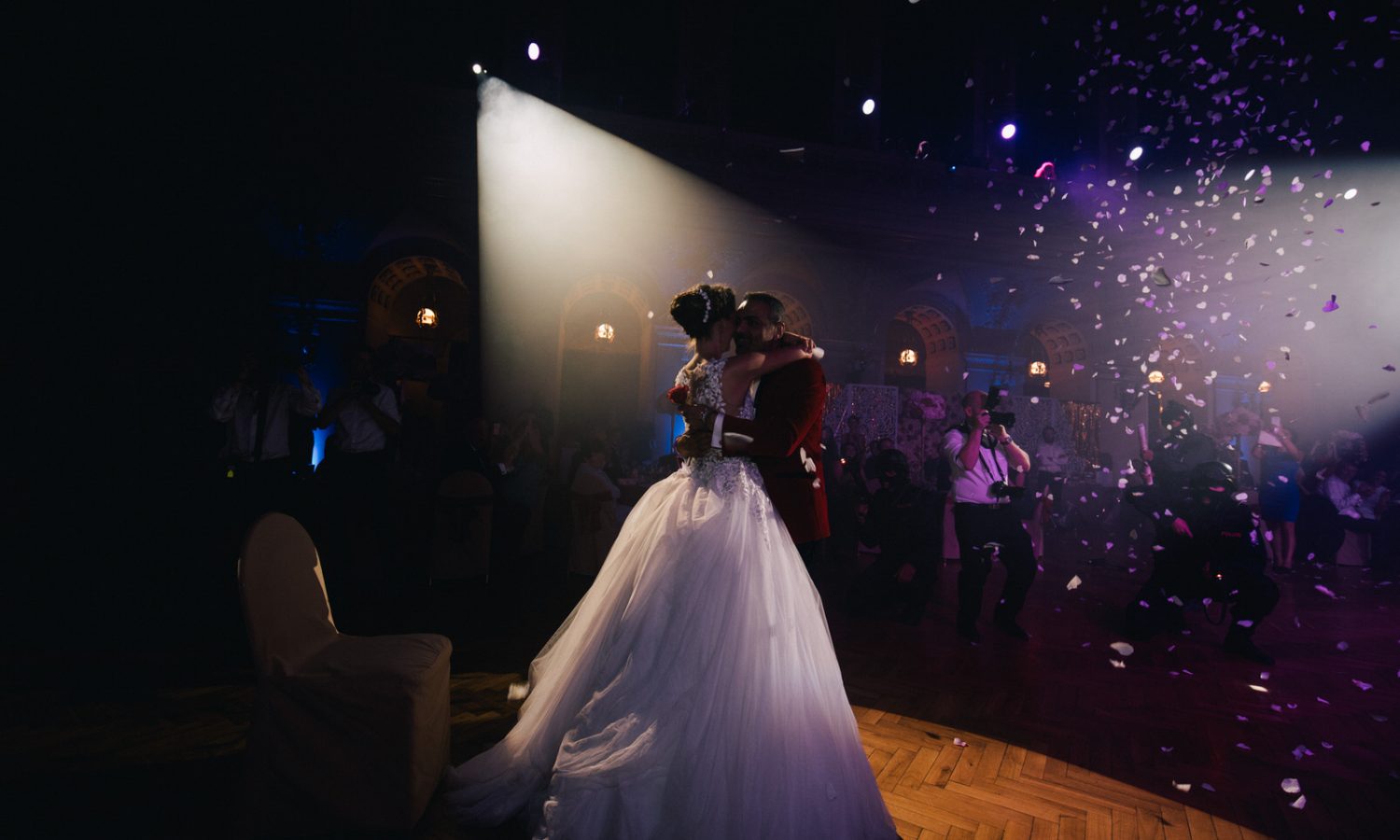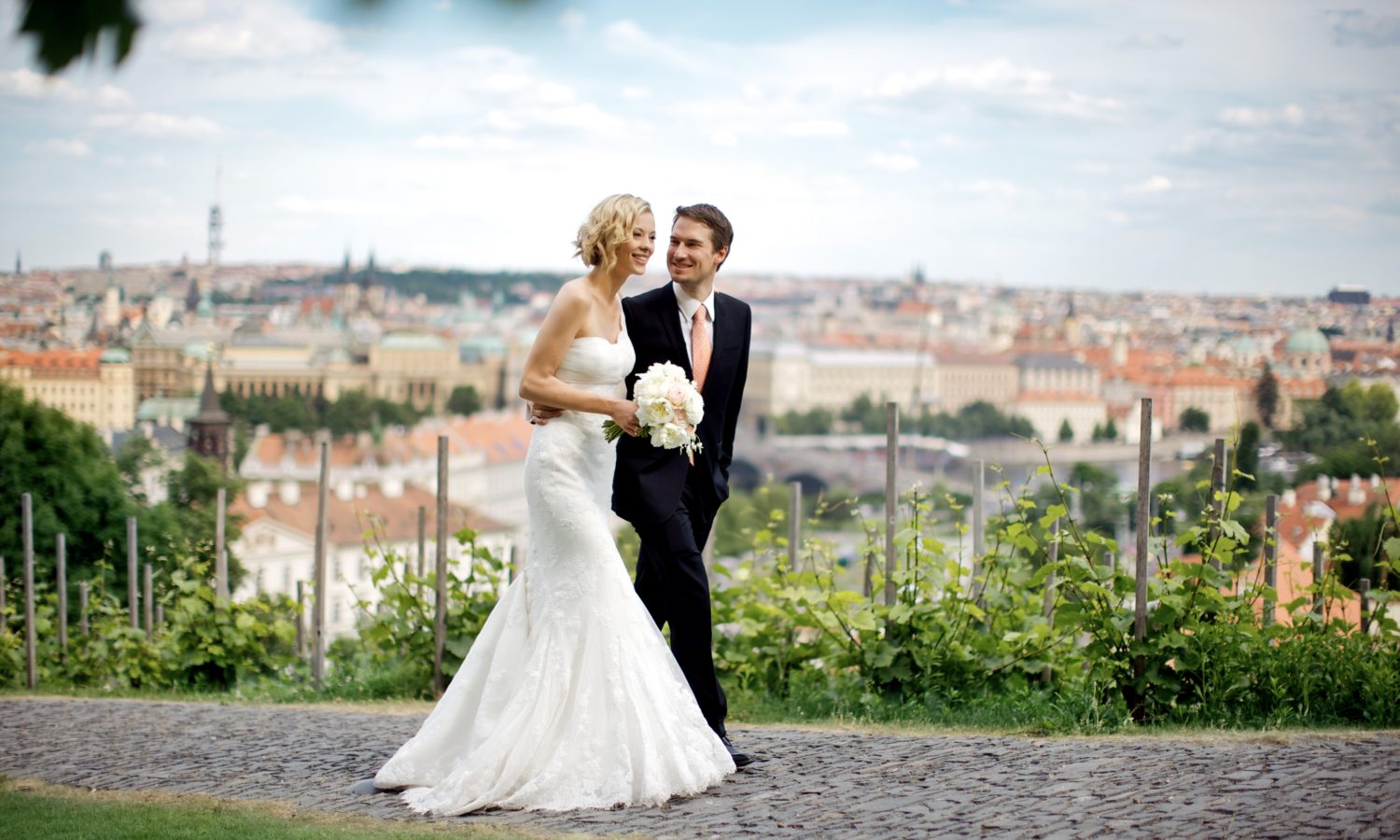• type of ceremony – civil, church, symbolic
• available dates – on request
• ceremony time – 10.00 a.m. – 3.00 p.m.
• ceremonies take place in the park or at the beautiful ceremony hall, located at 1st floor
• length of the ceremony is around 25 min
• ceremony is in Czech, translated into English (or any other language), church ceremony in English (or any other language) only
• repro music
About:
With a total area of 250 hectares, the Průhonice Park along with Průhonice castle are a Czech National Historic Landmark and a UNESCO World Heritage site.
A lime tree alley leads you from Průhonice town square to the main gate decorated with an arc shield. Notice how the inside of the Renaissance gate alters in style to resemble a timbered country house with gables and balconies.
The current appearance of the Castle dates to the late 19th century. The South Wing, also known as the Little Castle, was built on the structure of a former brewery which used to be connected to an adjacent church via a small conservatory, rebuilt into a dwelling in 1928. Its Northern front is modelled on Romanesque-style façades, while the Southern front opens onto a large terrace with a view of the lake underneath and with decorative gables loosely inspired by the Wallenstein Palace in Prague. The rest of the Little Castle is in the Neorenaissance style, with richly decorated sgraffito façades. The North frontage is distinguished by a central spiral-like gable, bearing a clock and rounded off with a spire.
The Greater Castle, built on the structure of the old Průhonice fort, is horseshoe-shaped, since the architect Stibral had a part of the South Wing demolished to open the inner courtyard out over the lake, providing a grand view of the park. The rest was renovated and heightened, with the new addition of a grand Knights Hall including its ornate ceiling. The frontage of the Greater Castle has not been altered significantly. Its central part, originally ending in a simple triangular gable, received an elaborate superstructure with an image of the Assumption in the balcony, side spires and a lantern in the apex, but the lower structure was left in its original state. The courtyard gate is intricately decorated.
The interior of the Castle is mostly new following the recent renovation in 2010; only two large stoves remain. One is Baroque (in the Blue Room), made of richly sculpted glazed tiles, the other from the late 18th century, made of flat white tiles with figural decoration.





















